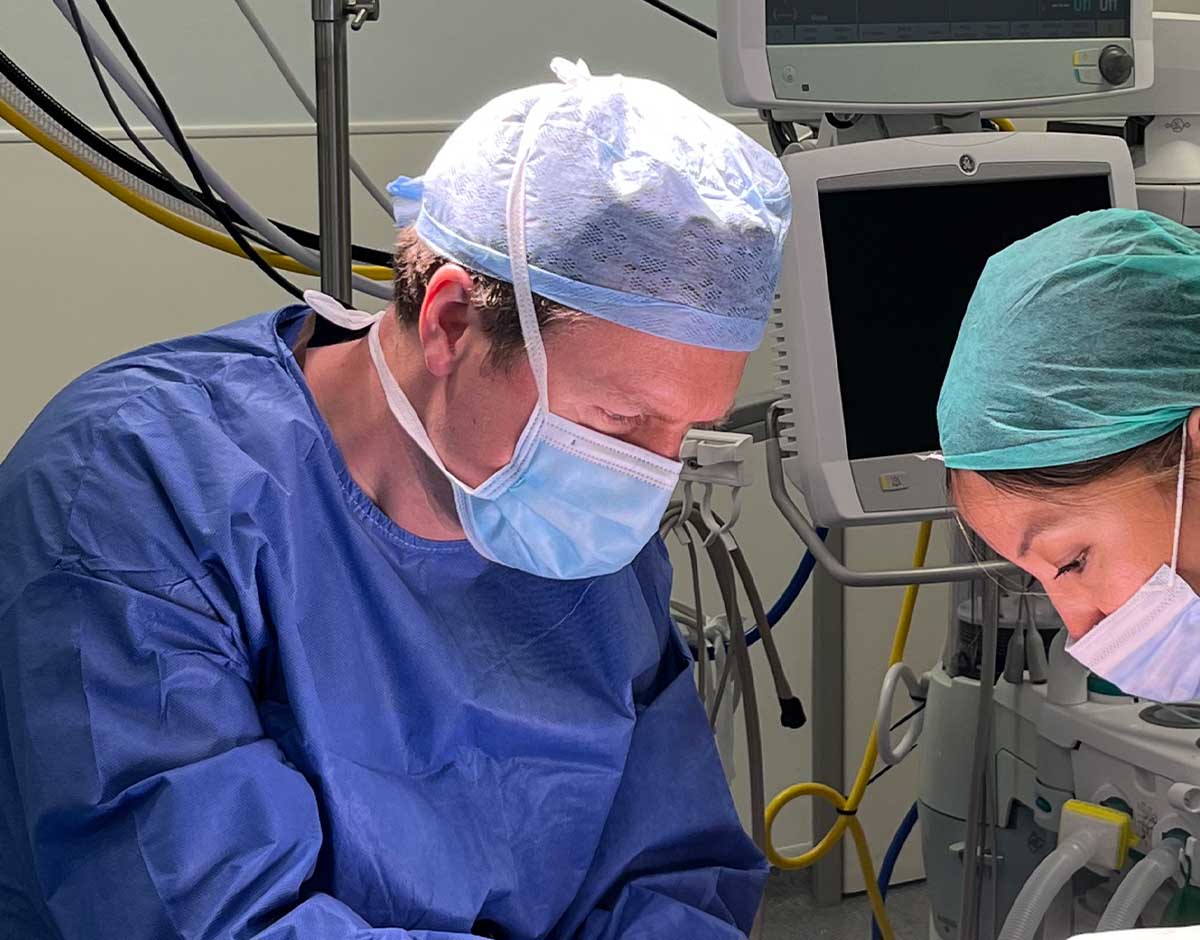-
What is melanoma?
Melanoma occurs when melanocytes cells begin to grow uncontrollably and form a malignant (cancerous) growth. It is considered a dangerous type of skin cancer because it can spread to other parts of the body if not detected and treated early. Exposure to ultraviolet (UV) radiation from the sun or tanning beds is a major risk factor. People with fair skin and a history of sunburns or excessive sun exposure are more prone to developing melanoma. Additionally, having a family history of melanoma or a weakened immune system can increase the risk. Early detection and treatment of melanoma are crucial for a favourable prognosis.
-
Who should have melanoma treatment?
Melanoma treatment is suitable for all individuals who have been diagnosed with melanoma, a type of skin cancer. The treatment you’ll need will depend on various factors including the stage (spread) of the cancer and the depth of the tumour. The type and combination of treatments recommended will depend on several factors but largely the type of melanoma and if it has spread. Jonathan will work with a multidisciplinary team of healthcare professionals to determine the most appropriate treatment plan for you.
-
What happens at your first melanoma appointment?
Jonathan will review any symptoms you may have experienced and ask about any risk factors, such as family history of melanoma or excessive sun exposure. Following the discussion, he will perform a physical examination, carefully examining any moles or lesions on your skin, paying close attention to their size, shape, colour, and symmetry. A biopsy is the definitive way to diagnose melanoma. It involves removing the lesion and sending it to a laboratory for analysis. If melanoma is diagnosed, Jonathan will explain the stage of the cancer and discuss treatment options. He may also recommend additional tests, such as imaging scans, to determine if the cancer has spread to other parts of the body.
-
How painful is melanoma treatment?
While the surgical procedure itself may not be painful due to anaesthetic, the recovery period can cause some discomfort. Patients may experience pain, swelling, and bruising at the surgical site. Pain medications and other supportive measures are often prescribed to manage these post-operative symptoms.
-
How long does melanoma treatment take?
Melanoma treatment may be one to two surgical procedures or in cases where oncology treatment is required, it may last for several months or longer. For early-stage melanoma, the most common treatment is surgical removal of the tumour. After surgery, you will need regular follow-up appointments and monitoring to ensure that the cancer has not returned or spread. This follow-up period can last for a few years. In cases where melanoma has spread to nearby lymph nodes or other parts of the body, additional treatments may be necessary.
-
What results can I expect from melanoma treatment?
In the early stages of melanoma, when the cancer is localised and has not spread beyond the skin, the successful surgical removal of the tumour can result in a complete cure. However, if the melanoma has spread to nearby lymph nodes or other organs, additional treatments such as immunotherapy or targeted therapy may be required. In these cases, the goal is to eradicate the cancer, manage symptoms and improve quality of life. While these treatments can be effective in slowing down the progression of melanoma and extending survival, they may not always lead to a complete cure. It is important to understand that every individual’s response to treatment can vary.
-
Are there any risks involved with melanoma treatment?
While melanoma treatments can be effective, there are also risks involved. Surgery carries risks such as infection, bleeding, scarring, fluid collections and lymphoedema. Jonathan will talk you through any risks you may be exposed to during your treatment, as well as the precautions he will take to ensure you remain safe and comfortable.

Melanoma
Skin Cancer
Melanoma is a type of skin cancer that develops from the cells that produce melanin. It can be an aggressive form of skin cancer because it may spread to other parts of the body if it’s not detected and treated early. Melanoma appears as a new mole or a change in an existing mole. Early detection plays a crucial role in the successful treatment of melanoma. Once diagnosed with melanoma, various treatment options are available depending on the stage and severity of the cancer. The mainstay is excising the melanoma with a wide margin or normal skin and sampling the draining lymph node (sentinel lymph node biopsy). Oncologists may also treat with targeted therapy or immunotherapy for more advanced cancers.
How does melanoma treatment work and what does it involve?
Jonathan may remove the tumour surgically with a wide margin of normal skin to reduce the risk of local recurrence, and also sample the draining lymph node (sentinel lymph node biopsy) to check if the cancer has spread. If the cancer has spread, an oncologist may treat with targeted therapy or immunotherapy. This approach uses drugs to stimulate the body’s immune system to recognize and attack cancer cells.
Why choose Jonathan for your melanoma treatment?
As the clinical lead for skin cancer at Imperial College Healthcare NHS Trust, Jonathan has extensive knowledge and expertise in this field. Jonathan has dedicated his career to studying and treating skin cancer, specifically melanoma. He is also the principal investigator for a major international trial. This means that he is at the forefront of research and innovation in melanoma treatment. With years of practice under his belt, he has encountered a wide range of cases and developed a deep understanding of this complex disease.
Faqs | Melanoma
“Nice facility, especially the waiting room! Efficient service, and well-informed and professional medical intervention.”
Client Review











